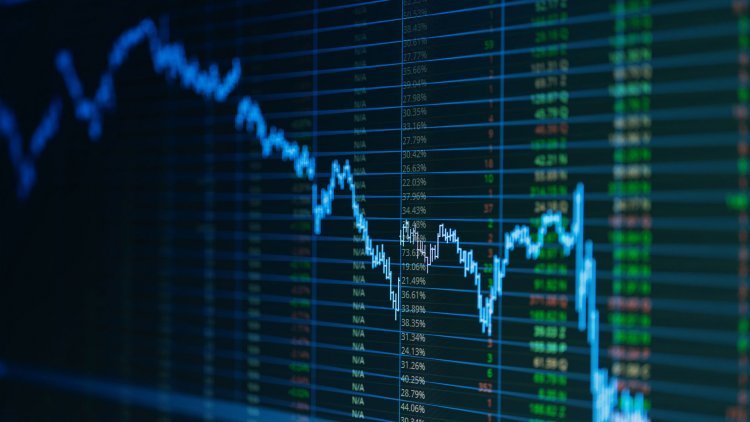Chinese manufacturing declines, putting more strain on the economy
According to the government statistics agency and an official industry association, a monthly purchasing managers' index fell to 49.2 from 50.1 in September on a scale of 100 points, with readings below 50 indicating activity contraction.

An official poll released on Monday revealed that Chinese manufacturing contracted in October, adding to the downward pressure being exerted on the economy as the Communist Party in power attempts to stop the decline.
According to the government statistics agency and an official industry association, a monthly purchasing managers' index fell to 49.2 from 50.1 in September on a scale of 100 points, with readings below 50 indicating activity contraction.
The National Bureau of Statistics and the China Federation of Logistics & Purchasing reported a fall in production, new orders, and employment.
The figure was consistent with predictions that economic growth would slow in late 2022 as export demand decreased and consumer spending was affected by frequent city closures in China due to virus outbreaks.
According to a report by Capital Economics' Zichun Huang, the numbers "suggest to a further loss of momentum this month as virus disruptions continued and export orders remained under pressure."
Following a decline in economic growth to 2.2% in the first half of 2022 compared to a year earlier, the ruling party is attempting to turn things around. It is attempting to achieve this while maintaining a strict policy on debt that has stifled the real estate sector, a significant economic engine.
In the three months ending in September, economic growth increased from the previous quarter's 0.4% to 3.9% compared to the same period a year earlier. Nevertheless, September saw a decrease in retail sales growth from the previous month's 5.4% to 2.5%.
Also in September, export growth dropped from 7% in August to 5.7% in comparison to a year earlier. The 0.3% increase in imports was a symptom of weak Chinese demand.
China's annual growth is expected to be as low as 3% this year, which would be the second-weakest since at least the 1980s, according to forecasters.




 admin
admin 




















